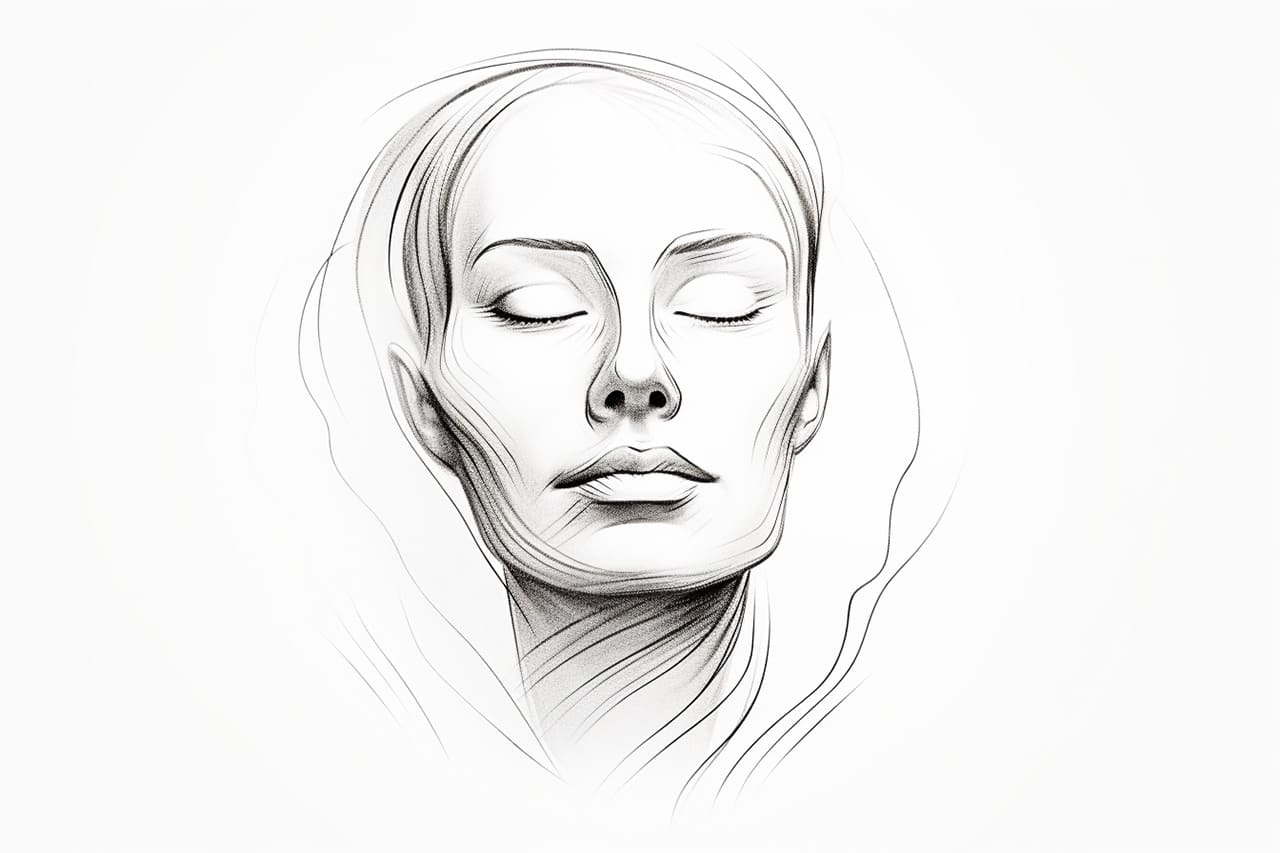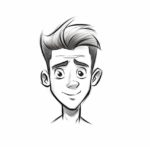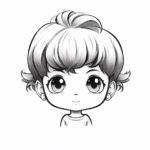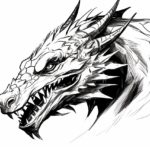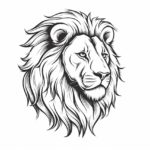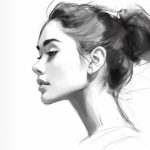Welcome to this step-by-step tutorial on how to draw a head! Whether you’re an aspiring artist or just looking to improve your skills, understanding the basics of drawing a head can greatly enhance your ability to create realistic and expressive portraits. In this guide, we will cover the fundamental steps to help you capture the proportions, features, and details that bring a head to life on paper.
Materials Required
Before we begin, gather the following materials:
- Drawing paper or sketchbook
- Pencil (preferably with a range of hardness)
- Eraser
- Ruler
- Reference photo or model (optional but recommended)
Now that you have everything you need, let’s get started!
Step 1: Basic Shape and Proportions
Start by sketching a rough oval shape to represent the overall size and position of the head. Remember, this is just a guideline, so feel free to adjust the shape as you go. Next, lightly draw a vertical line down the center of the oval to split it into two equal halves. This line will serve as a reference for ensuring the facial features are symmetrical.
Step 2: Dividing the Face
To create the proper proportions, divide the oval into four equal sections. The first horizontal line should be drawn about one-third of the way down from the top of the oval. This line represents the placement of the eyebrows. The second line should be drawn halfway between the eyebrows and the bottom of the oval and marks the position of the eyes. Finally, the third line is drawn at the bottom of the oval and represents the location of the mouth.
Step 3: Placing the Features
Using the reference lines, begin adding the facial features. Start by sketching the eyes within the middle section of the oval. Pay close attention to the shape and size of the eyes, as they are a key element in capturing a person’s likeness. Remember to leave enough space between the eyes to properly place the nose.
Step 4: Adding the Nose
Draw a triangular shape for the nose, with its base resting between the eyes. Take note of the angles and proportions of the nose as they can greatly impact the overall appearance of the face. Add subtle shading to give it depth and dimension.
Step 5: Shaping the Lips
Sketch the lips along the bottom line of the oval, making sure to consider their size, shape, and symmetry. The upper lip is typically thinner, while the lower lip is fuller and often casts a small shadow onto the chin. Use gentle curves and lines to define the shape of the lips.
Step 6: Outlining the Jawline
Carefully draw the jawline and the area where the chin connects to the rest of the face. The jawline can vary greatly depending on the person, so pay attention to the reference you’re using. Keep in mind that softer lines will create a more feminine look, while sharper angles will produce a more masculine appearance.
Step 7: Adding Hair
If desired, add hair to the top of the head. Keep in mind the shape of the head and how the hair falls naturally. Don’t get too caught up in the details at this stage; focus on capturing the overall shape and flow of the hair.
Step 8: Refining the Details
Now that you have the basic structure in place, it’s time to refine the details. Take a closer look at the reference photo or model and start adding more defined lines and shadows to bring out the characteristics of the face. Pay attention to the unique features that make each person distinct, such as freckles, wrinkles, or facial hair.
Step 9: Shading and Texturing
To add depth and dimension to your drawing, incorporate shading techniques. Use lighter or darker pencil strokes to create shadows and highlights, enhancing the three-dimensional effect. Take your time with this step, as shading can significantly impact the realism of your drawing.
Step 10: Final Touches and Clean-up
Evaluate your drawing as a whole and make any necessary adjustments. Erase any stray lines or smudges, and refine the details until you’re satisfied with the result. Remember, practice makes perfect, so don’t be discouraged if your first attempts aren’t flawless. Keep experimenting and refining your technique.
Conclusion
Drawing a head may seem challenging initially, but with practice and patience, you can master this fundamental skill. By understanding the basic proportions and features, you can create realistic and expressive portraits. Remember to start with a rough guideline, gradually add details, and pay close attention to the unique characteristics of each individual. So pick up your pencil and start drawing!

